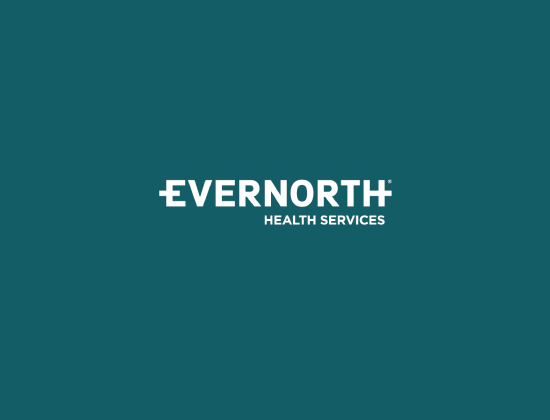What is nonalcoholic steatohepatitis (NASH)?
NASH is the most severe form of nonalcoholic fatty liver disease (NAFLD), a metabolic condition marked by a buildup of fat in the liver. Symptoms include fatigue, malaise, itchy skin, abdominal swelling, shortness of breath, enlarged spleen and jaundice. If unchecked, the disease can lead to fibrosis, cirrhosis, liver cancer and end-stage liver failure. NASH can be hard to diagnose, especially because it may be nearly asymptomatic in its early stages, and the symptoms that do present can overlap with other conditions like cirrhosis, obesity or type 2 diabetes.
As of 2023, you may also see the conditions referred to as metabolic dysfunction-associated steatotic liver disease (MASLD) or metabolic dysfunction-associated steatohepatitis (MASH).
Approximately 24% of adults in the U.S. have NAFLD and about 1.5% to 6.5% have NASH. It’s not entirely clear what causes NAFLD and NASH to develop in some people and not others, but the conditions are closely linked to cardiodiabesity issues and there is likely a genetic predisposition.
Why has treating NASH been so challenging?
There isn’t currently an FDA-approved treatment for NASH, and it’s often difficult to identify patients who have the condition. Historically, the only way to definitively diagnose it has been a liver biopsy, which is costly and unpleasant—and only able to detect when the disease is in its end stage. Given the absence of non-invasive methods to diagnose patients and approved treatment options, prescribers have historically leveraged symptomatic treatments like weight loss to reduce fat, inflammation and fibrosis in patients suspected to have the condition.
For at least the last decade, drugs intended to reduce or remove liver damage have failed to gain approval for NASH. Ocaliva was approved in 2016 to treat primary biliary cholangitis (PBC), but in 2021, the FDA restricted its use due to risk of liver failure in patients with advanced cirrhosis. Its manufacturer also hoped to receive accelerated approval for Ocaliva in NASH, but the indication was denied in 2020 and fully rejected in 2023. Pfizer, AstraZeneca and Novo Nordisk have also all unsuccessfully pursued NASH drugs in recent years.
However, one of the hurdles for treatment—relying on a liver biopsy for diagnosis—might be cleared soon. Ultrasound and MRI elastography present promising new developments in non-invasive technology for evaluating patients. These tests measure liver stiffness, or how much scarring exists compared to healthy tissue.
And while manufacturers have stumbled in the past, there are new drugs in development that are receiving positive study results.
What does treatment look like in 2024 and beyond?
There are at least 84 potential NASH treatments in the pipeline, with some that could receive approval as soon as this year:
- Resmetirom is an oral therapy and thyroid hormone receptor-β (THR-β) agonist, which treats liver fibrosis as well as underlying steatohepatitis. THR-β agonists are one of the most promising classes of drugs for liver conditions, and with positive Phase III data from an ongoing trial, resmetirom has received an FDA breakthrough therapy designation and could be approved as soon as March 2024.
- Aramchol is an oral therapy and a synthetic fatty acid bile acid conjugate, which treats fibrosis by reducing liver fat accumulation and inflammation. Strong data in its Phase III ARMOR trial means the treatment could potentially be approved in 2024.
There are many other oral, injectable and infused drugs under clinical study that may be approved over the next few years. One potentially promising class: glucagon-like peptide-1 (GLP-1) agonists.
Can GLP-1 medications treat NASH?
What is a GLP-1? GLP-1 medications like semaglutide and tirzepatide are currently used to treat diabetes and obesity. Semaglutide is currently in Phase III but has had mixed trial results so far. Trials show that semaglutide seems to be more effective when paired with a novel fatty acid synthase (FASN) inhibitor. Another GLP-1, efinopegdutide has outperformed semaglutide up to this point, with a 72.7% mean reduction in liver fat content compared to 42.3%.
While GLP-1 therapies lower weight and reduce fat content, they don’t address liver fibrosis, which is the most important issue when it comes to treating the condition and improving patient outcomes. And as the treatment pool of appropriate patients trying to access GLP-1 therapies continues to expand, an indication for NASH would likely contribute to ballooning spend on this drug class.
Going forward with NASH
As all of these potential therapies inch closer to approval, it’s estimated that the NASH treatment market could swell to $108.4 billion worldwide by 2030. This expansion will create a paradigm shift within the industry as we devise the right proactive strategies to identify the patients who would benefit most from these therapies. The good news is that ultimately, earlier detection plus earlier, more effective treatment could completely transform care for this disease state.
Stay up to date on the latest news and insights from Evernorth. Sign up to receive our monthly newsletter.

